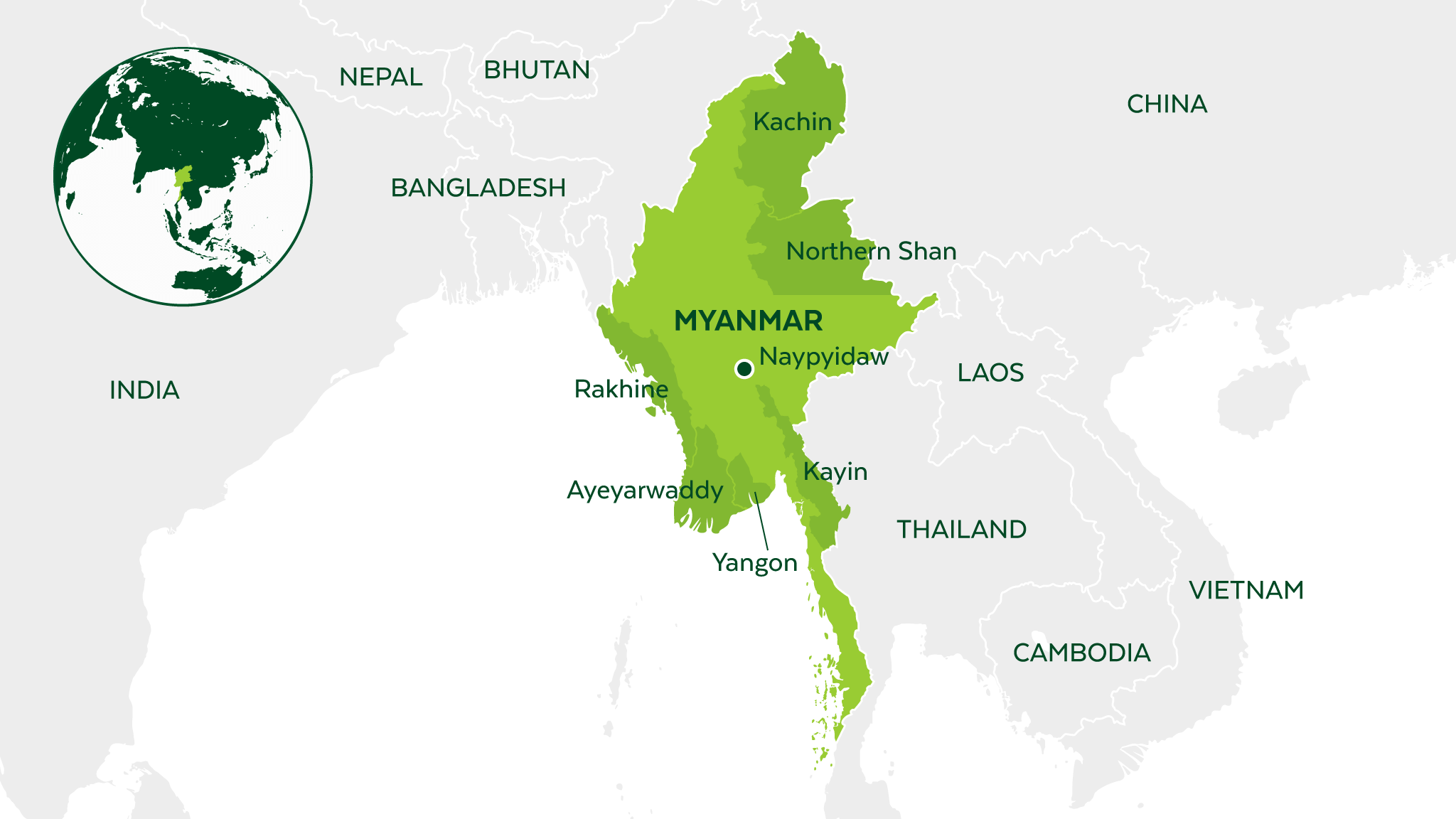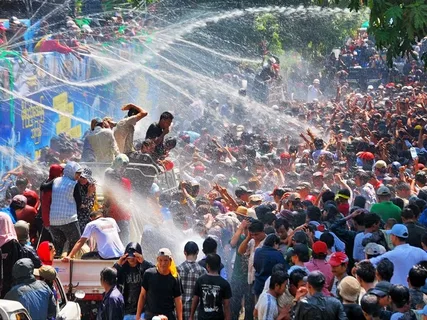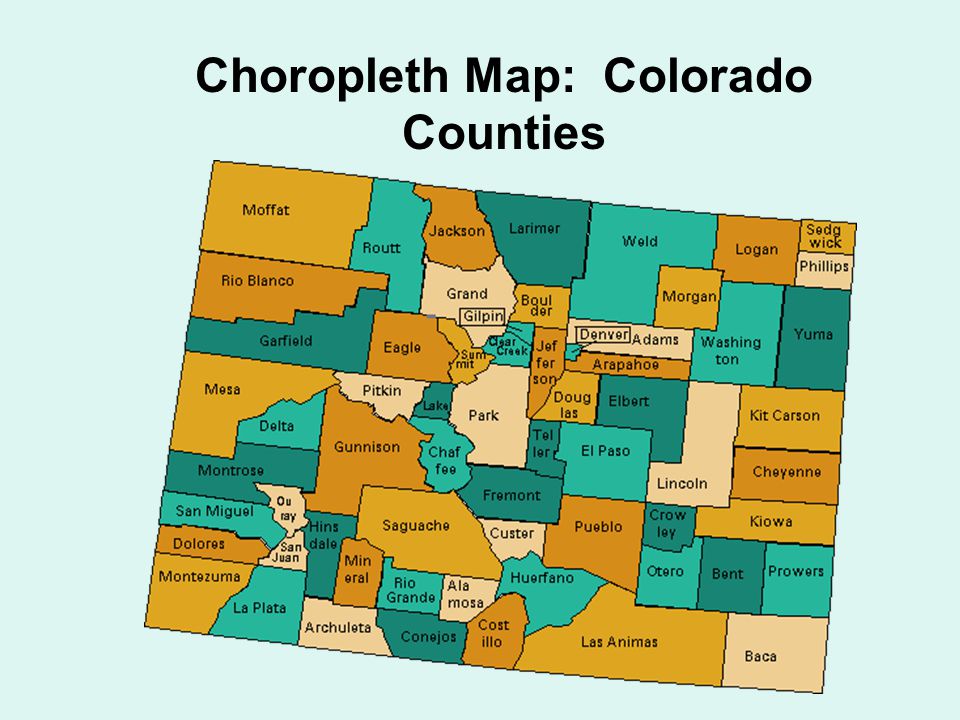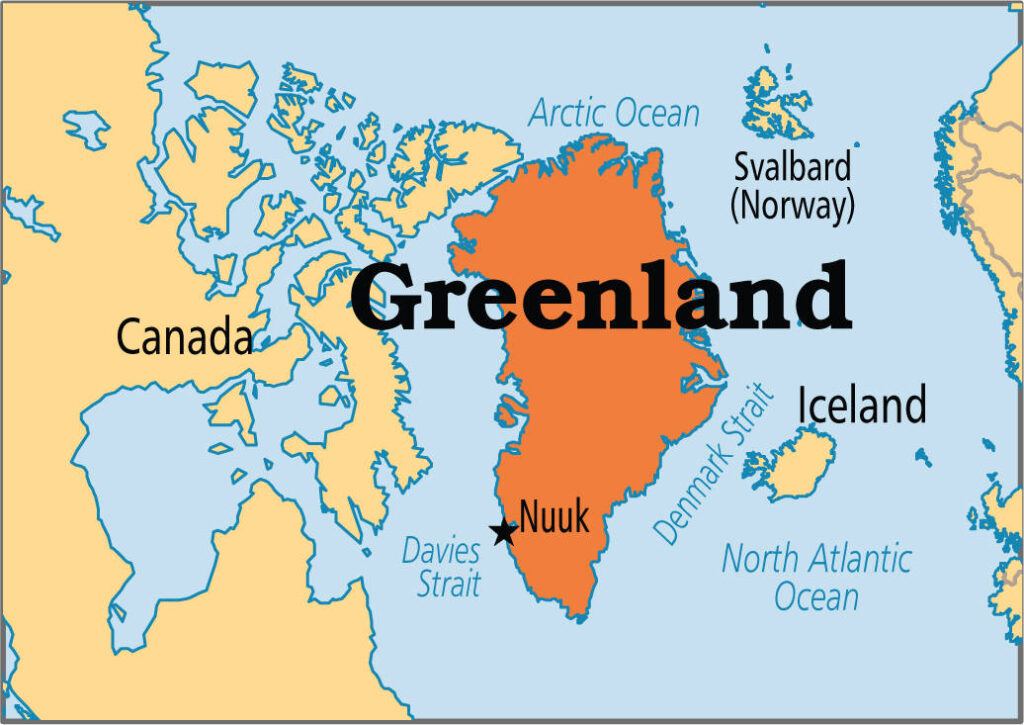Introduction
Myanmar, located in the western portion of mainland Southeast Asia, shares borders with Bangladesh, India, China, Laos, and Thailand. With its diverse ethnic groups, complex history, and breathtaking landscapes, Myanmar is a country of contrasts and captivating beauty.
Geography and Climate
Geographic Location
Myanmar is situated between latitudes 9° and 29°N, and longitudes 92° and 102°E. It spans approximately 676,578 square kilometers, making it the largest country in mainland Southeast Asia.
Topography
Myanmar’s topography is diverse, featuring coastal regions, mountain ranges, plateaus, and river valleys. Major geographic features include the Irrawaddy River, which is the country’s longest river, the Shan Plateau, and the mountain ranges of the north and west, including the Himalayas’ southeastern extension.
Climate
Myanmar experiences a tropical monsoon climate with three distinct seasons
- Cool Season (November to February): Mild temperatures and low humidity.
- Hot Season (March to May): High temperatures and humidity.
- Rainy Season (June to October): Heavy monsoon rains, especially in the coastal and delta regions.
Biodiversity
Myanmar is home to a wide variety of flora and fauna, with significant biodiversity in its rainforests, mangroves, and freshwater ecosystems. Key protected areas include the Hkakabo Razi National Park and the Indawgyi Lake Wildlife Sanctuary.
Historical Background
Ancient History
Myanmar’s history dates back to the early civilizations of the Pyu city-states, which emerged around 200 BCE. These city-states were influenced by Indian culture and Buddhism. The Bagan Kingdom (9th to 13th centuries) is a notable period, marked by the construction of thousands of Buddhist temples.
Colonial Era
In the 19th century, Myanmar became a British colony after three Anglo-Burmese wars. It was part of British India until 1937, when it became a separate colony. Myanmar gained independence from British rule on January 4, 1948.
Modern History
Post-independence, Myanmar experienced decades of military rule, starting from a coup in 1962. The country began a transition to a civilian government in 2011, but political instability and ethnic conflicts continue to be significant challenges.
Political Structure
Government
Myanmar is a unitary parliamentary republic. The President is the head of state, and the government is led by the State Counsellor, a position created for Aung San Suu Kyi. The bicameral legislature, called the Pyidaungsu Hluttaw, consists of the House of Nationalities (Amyotha Hluttaw) and the House of Representatives (Pyithu Hluttaw).
Administrative Divisions
Myanmar is divided into seven states and seven regions, reflecting the ethnic composition and geographical distribution:
- Regions: Ayeyarwady, Bago, Magway, Mandalay, Sagaing, Tanintharyi, Yangon.
- States: Chin, Kachin, Kayah, Kayin, Mon, Rakhine, Shan.
Economy
Overview
Myanmar’s economy is primarily based on agriculture, forestry, fishing, and extractive industries such as mining and oil and gas. The country has also been developing its manufacturing and services sectors.
Agriculture
Agriculture remains a significant part of the economy, with rice being the staple crop. Other major crops include beans, pulses, and sesame.
Natural Resources
Myanmar is rich in natural resources, including jade, rubies, oil, natural gas, and timber. The country’s jade and ruby mines are among the most productive in the world.
Economic Challenges
Myanmar faces numerous economic challenges, including infrastructure deficits, political instability, and international sanctions. Economic reforms and foreign investment are critical for future growth.
Culture and Society
Ethnic Diversity
Myanmar is ethnically diverse, with 135 officially recognized ethnic groups. The Bamar (Burman) are the majority, while significant minorities include the Shan, Karen, Rakhine, and Mon.
Language
The official language is Burmese, spoken by the majority Bamar. Numerous ethnic languages are also spoken throughout the country.
Religion
Theravada Buddhism is the predominant religion, practiced by about 90% of the population. Other religions include Christianity, Islam, Hinduism, and traditional animist beliefs.
Festivals
Myanmar is known for its vibrant festivals, often linked to the Buddhist calendar. Major festivals include
- Thingyan (Water Festival): Celebrated in April, marking the Burmese New Year with water throwing and religious activities.
- Thadingyut (Lighting Festival): Celebrated in October, marking the end of Buddhist Lent with light displays and offerings.
- Tazaungdaing (Festival of Lights): Celebrated in November, involving light displays and robe-weaving competitions for monks.
Tourist Attractions
Bagan
The ancient city of Bagan is home to over 2,000 Buddhist monuments, including temples, pagodas, and stupas. It is a UNESCO World Heritage site and one of Myanmar’s most visited destinations.
Inle Lake
Inle Lake is renowned for its floating villages, unique leg-rowing fishermen, and picturesque landscapes. It is a major cultural and ecological attraction in the Shan State.
Shwedagon Pagoda
Located in Yangon, the Shwedagon Pagoda is one of the most revered Buddhist sites in Myanmar. The gilded stupa is a stunning example of Burmese architecture and a significant religious pilgrimage site.
Mandalay
Mandalay, Myanmar’s cultural capital, is known for its royal palace, historic monasteries, and vibrant arts scene. Key attractions include the Mandalay Hill, Mahamuni Pagoda, and U Bein Bridge.
Ngapali Beach
Ngapali Beach, with its pristine white sands and clear waters, is a popular destination for relaxation and water activities. It offers a serene escape from the hustle and bustle of urban areas.
Maps of Myanmar
Political Map
A political map of Myanmar shows the country’s administrative divisions, including regions, states, and major cities. It highlights the borders with neighboring countries and key geographical features.
Topographical Map
A topographical map provides detailed information on Myanmar’s physical landscape, including mountain ranges, rivers, and elevation changes. It is useful for understanding the country’s diverse terrain.
Road Map
A road map of Myanmar outlines the major highways, roads, and transportation networks connecting cities and towns. It is essential for planning travel routes within the country.
Tourist Map
A tourist map highlights major attractions, historical sites, and cultural landmarks. It is a handy tool for visitors exploring Myanmar’s key destinations.
Fun and Interesting Facts
- Capital City Change: Myanmar’s capital was moved from Yangon to Naypyidaw in 2005. Naypyidaw is known for its wide boulevards and spacious layout.
- Longest River: The Irrawaddy River, also known as Ayeyarwady, is the longest river in Myanmar, stretching over 2,170 kilometers.
- Oldest Pagoda: The Shwedagon Pagoda in Yangon is believed to be over 2,500 years old, making it one of the oldest Buddhist pagodas in the world.
- Unique Language Script: The Burmese script is derived from the Brahmi script of ancient India and is characterized by its circular letters.
- Traditional Dress: The longyi, a traditional sarong-like garment, is worn by both men and women in Myanmar. It is an integral part of the country’s cultural identity.
- Golden Land: Myanmar is often referred to as the “Golden Land” due to the numerous gilded pagodas and temples scattered across the country.
What is the official language of Myanmar?
The official language of Myanmar is Burmese. It is the primary language of instruction and communication, although many ethnic groups speak their own languages.
Is Myanmar safe for tourists?
Myanmar is generally safe for tourists, but it is essential to stay informed about regional travel advisories, particularly in areas with ongoing ethnic conflicts. Travelers are advised to follow local guidelines and exercise caution.
What is the best time to visit Myanmar?
The best time to visit Myanmar is during the cool season, from November to February, when the weather is pleasant and rainfall is minimal. This period is ideal for sightseeing and outdoor activities.
Do I need a visa to visit Myanmar?
Yes, most travelers need a visa to enter Myanmar. Tourists can apply for an e-visa online or obtain a visa from a Myanmar embassy or consulate.
What is the currency of Myanmar?
The currency of Myanmar is the Myanmar Kyat (MMK). Visitors can exchange foreign currency at banks, authorized money changers, and some hotels.
How is the internet connectivity in Myanmar?
Internet connectivity in Myanmar has improved significantly in recent years, especially in urban areas. However, connectivity can be limited in remote and rural regions.
What kind of food can I expect in Myanmar?
Myanmar offers a diverse culinary experience, with dishes influenced by Chinese, Indian, and Thai cuisines. Staples include rice, noodles, and a variety of curries. Popular dishes include Mohinga (fish noodle soup), Shan noodles, and tea leaf salad.
Are there any travel restrictions in Myanmar?
Yes, some areas in Myanmar have travel restrictions due to political instability or ongoing conflicts. It’s essential to check with local authorities or travel advisories before planning your visit to certain regions.
Can I use credit cards in Myanmar?
While major cities and tourist areas may accept credit cards, Myanmar is largely a cash-based economy. It’s advisable to carry sufficient cash, especially when traveling to rural areas.
What cultural etiquette should I be aware of in Myanmar?
In Myanmar, it’s important to dress modestly, especially when visiting religious sites. Shoes and socks should be removed before entering temples. It’s also respectful to greet people with a slight bow and to avoid touching anyone on the head.
- These Ancient Archaeological Finds Changed History! - August 20, 2024
- The Secrets Of Ancient Egypt! - August 19, 2024
- The Great Abandoned Iberian City Of Ullastret! - August 18, 2024





